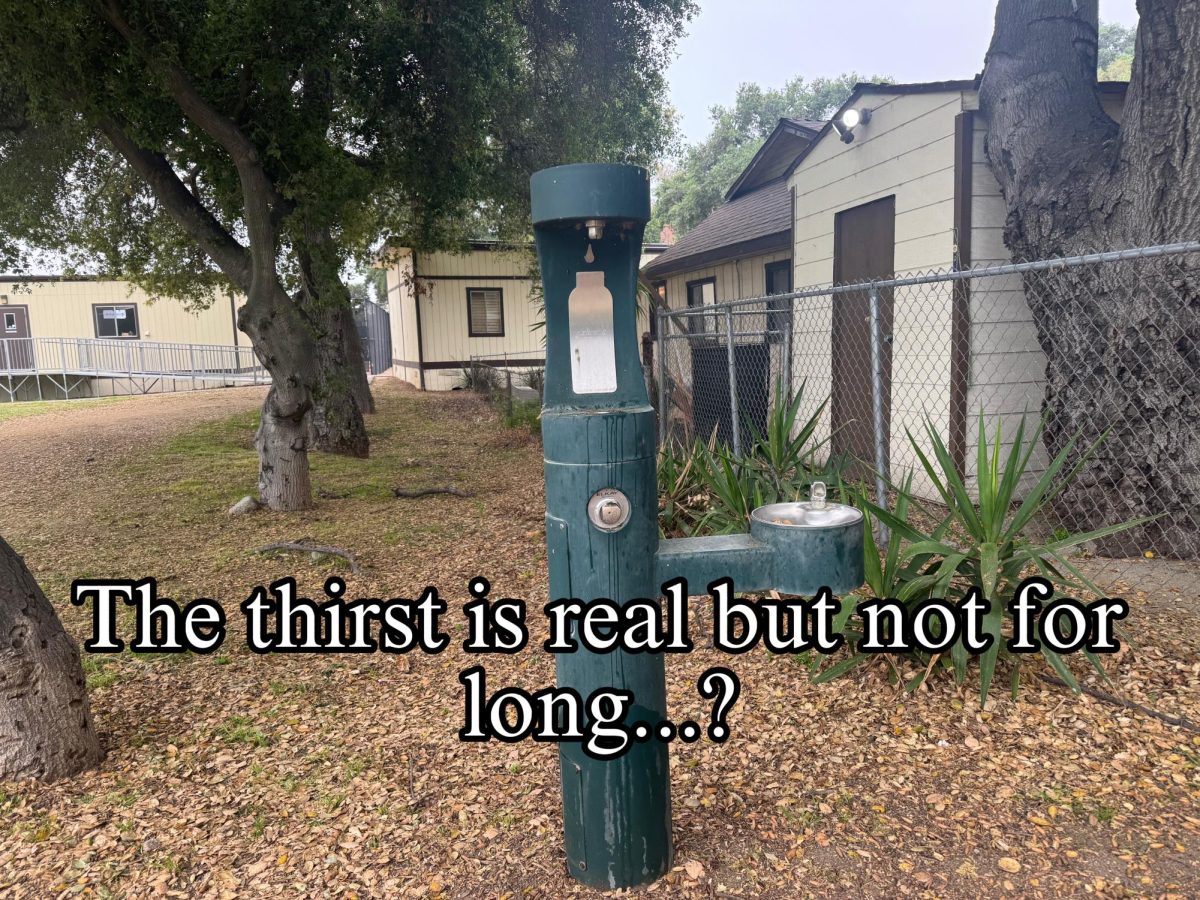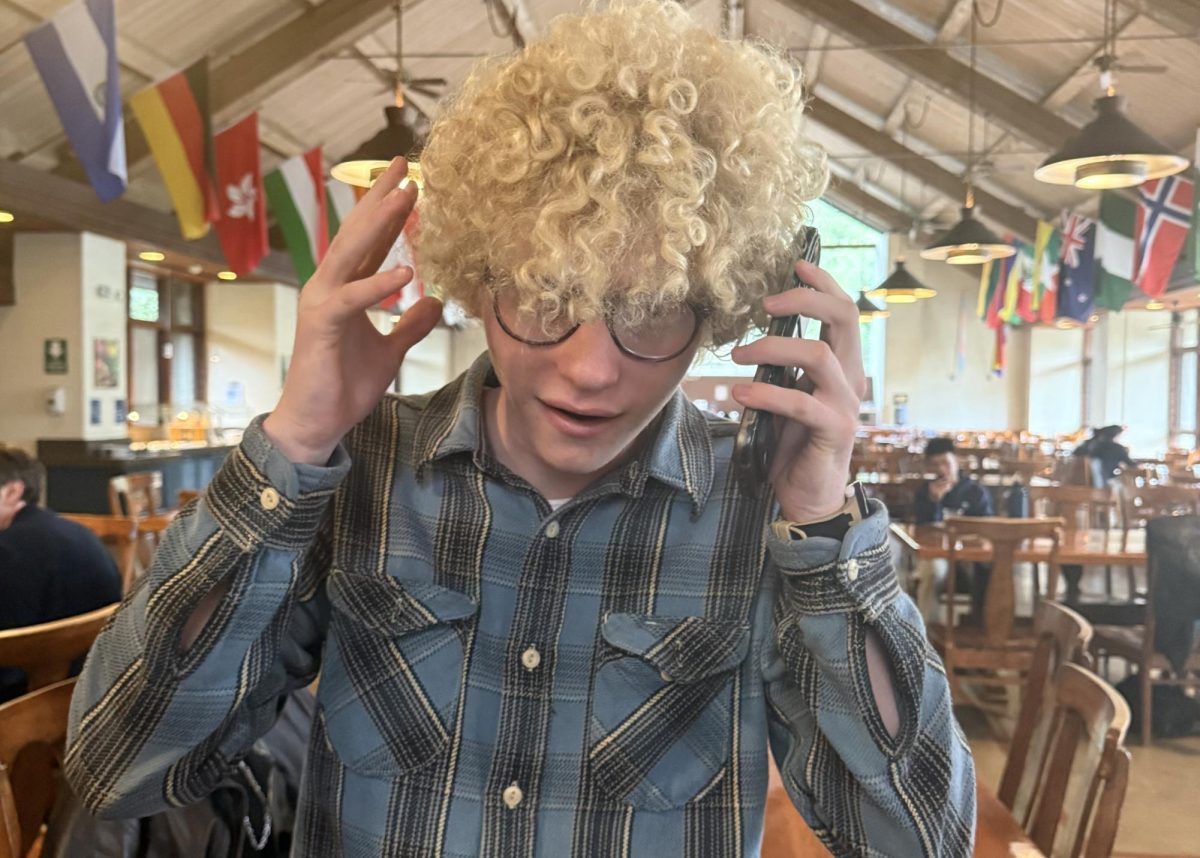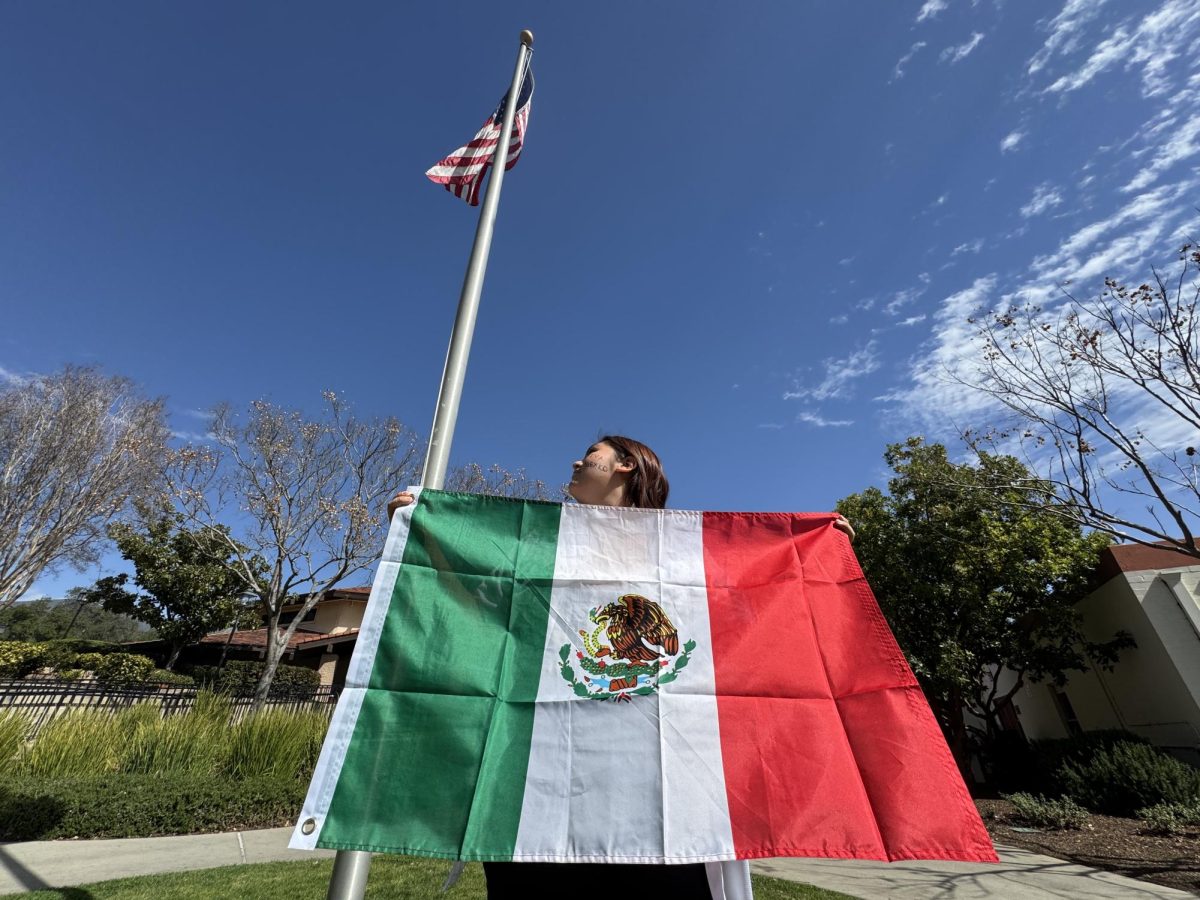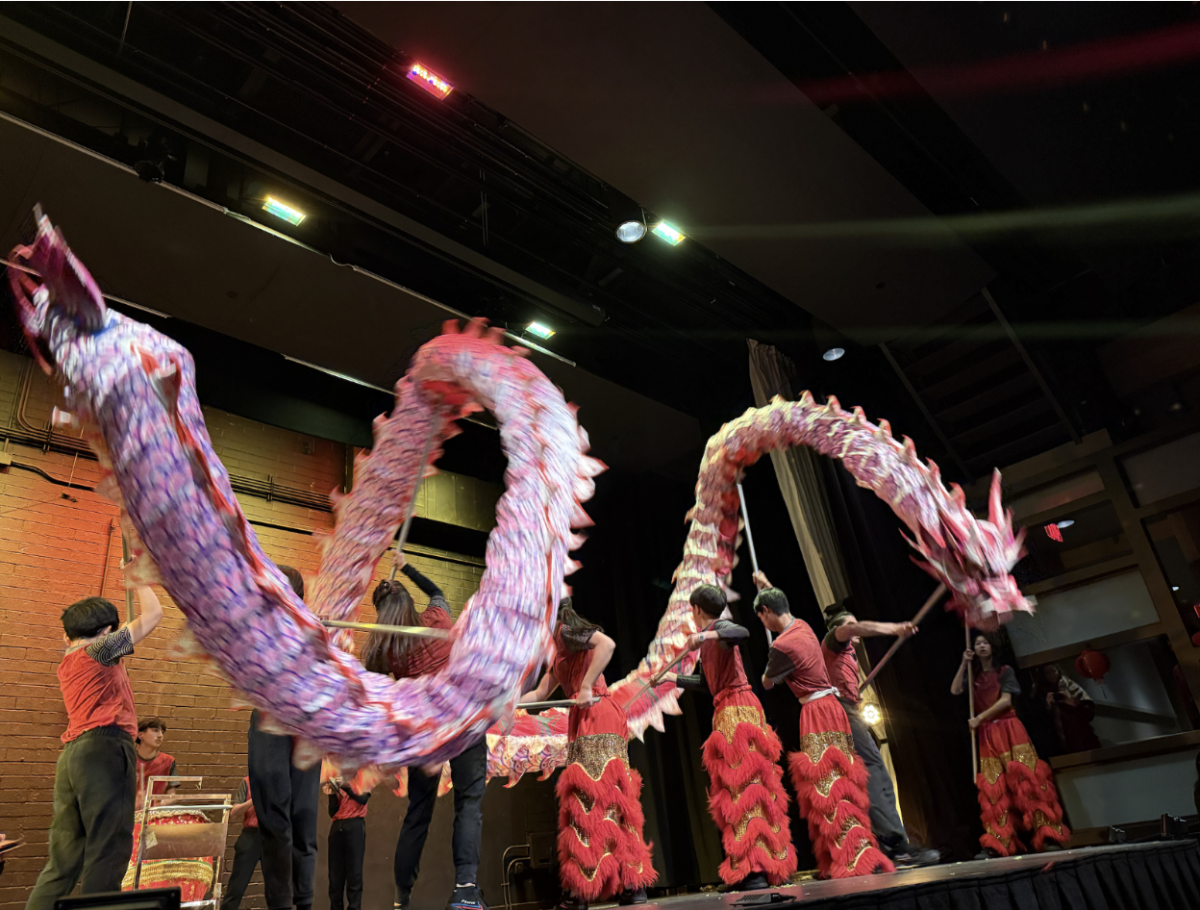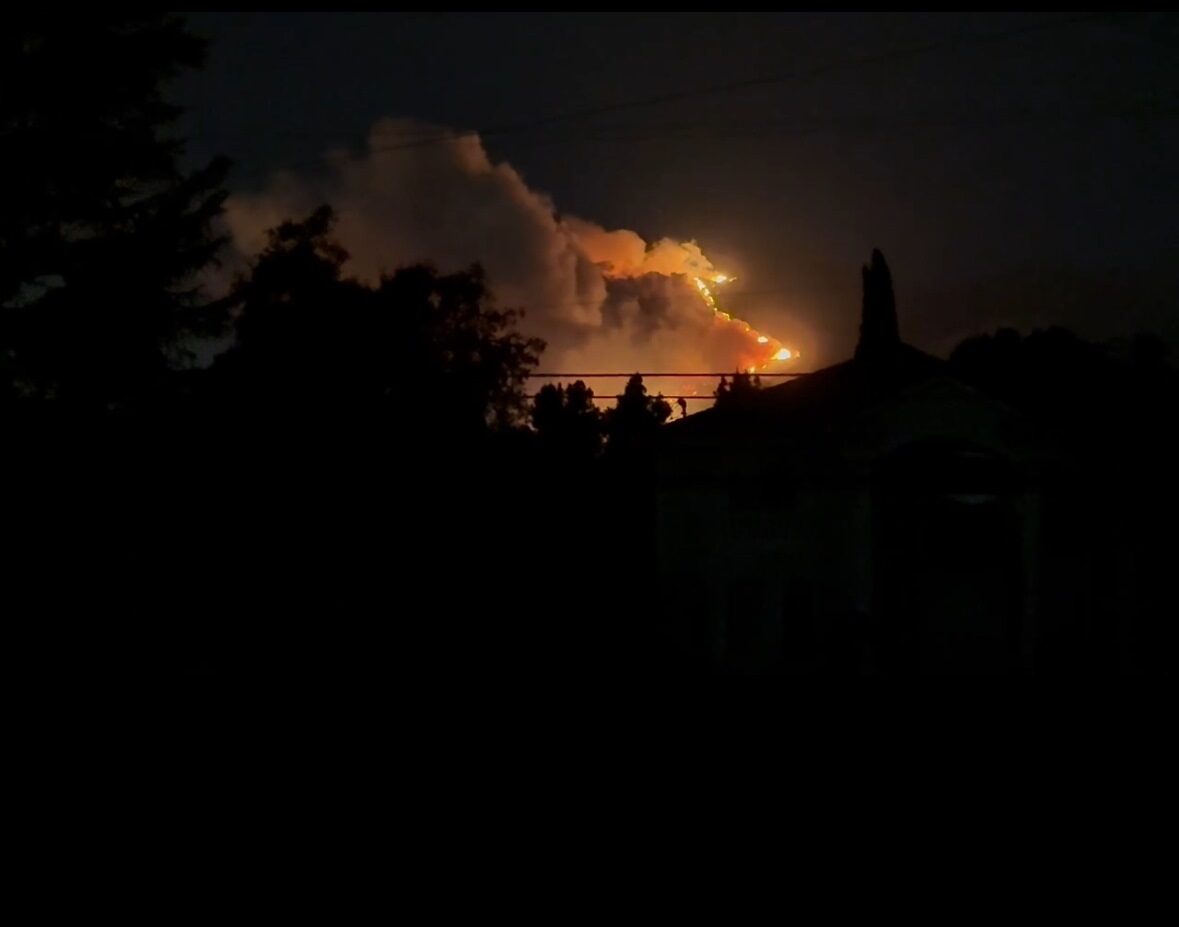On the evening of Monday, October 7th, a house fire escalated into a small-scale wildfire less than 3 miles away from Webb campus on Live Oak Canyon Road. The police were ready to evacuate the campus when the good news arrived that the fire had been contained.
Bradyn Wishek (‘22), a faculty kid who lives on campus, said, “I was in my house and I could smell the smoke so I went outside to check it out and there was a huge plume of smoke. [My family and I] went straight up to the Faculty Field and climbed to the top of the stands to get a look. The Caldwells were there watching. We just watched the fire grow and hoped that it didn’t reach the brushes as it would have reached Webb in under 10 minutes. The fire started as a house fire on top of Live Oak Canyon. I was able to see the glow of the fire over the roof as well as the residents spraying their roof down with water hoses.”
This was only one of the many recent wildfires incidents. California Governor Gavin Newsom declared a state of emergency amid the wildfires spreading rapidly across Southern California, which is only declared when there is a severe disaster of extreme peril to the safety of persons and property within the state.
The Saddleridge fire, which originated from Sylmar, Los Angeles, scorched more than 7,900 acres of land in the northern San Fernando Valley, damaging at least 75 structures, and forcing about 100,000 people to evacuate. As of October 14th, the fire had been mostly contained and Valley residents had made their way home.
Concurrently, another fire had been burning its way through SoCal as well. The Sandalwood fire in Calimesa has burned more than 1,000 acres, destroying at least 90 structures, and caused two deaths.
These fires burn only an hour away from Webb – with Saddleridge burning 50 miles west and Sandalwood burning 40 miles east.
In fact, most wildfires are not caused by the wild. According to the U.S. Forest Service Research Data Archive, nearly 85% of wildfires in the United States are caused by humans.
For example, the deadly Saddleridge fire was determined by authorities to have originated beneath high-voltage Southern California Edison power lines. The Sandalwood fire was caused by burning trash dumped by a trash truck that spread into vegetation.
The wild is not helping much either. Extremely dry conditions and strong seasonal winds in California have created a “recipe for explosive fire growth,” according to the National Weather Service.
As of October 16th, the fires have been mostly contained by firefighters. Meanwhile, local departments also took precautionary measures – there were large-scale evacuations as well as deliberate mass power outages in many areas in California. Webb campus also has its own set of precautions.
Dr. Don Lofgren, Director of the Alf Museum, is one of the three incident commanders at Webb in times of emergencies, the other two being Taylor Stockdale, Head of Schools, and Dr. Theresa Smith, Assistant Head of Schools.
Dr. Lofgren said, “They are trimming and cutting down branches that overhang the buildings and clearing brushes. There’s a move to prepare for the fire.”
Also, there is a highly structured system in place when dealing with emergencies with different compartments working on different fronts such as logistics, operations, public information, intel, finance, coordination with parents, security, medical teams, housing, and transportation.
Dr. Lofgren said, “It’s pretty organized, especially in times that are so chaotic… The system gets better all the time. With all the problems they had [with fires] in Northern California, people are really aware that [fires] could be a disaster. We are ready for it.”
Today, with wildfires becoming more and more frequent due to climate change, Webb is more prepared than ever. But it is always important for all of us to stay alert and mindful of our surroundings. Heads up, it is wildfire season.




